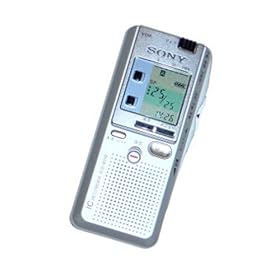Photo by Ryan Libre
Anyone who maintains a travel blog knows how hard it can be to stay motivated about making updates, especially while still on the road. When you finally stop in a busy internet cafe, it seems like half the things you wanted to write about have disappeared. You’ll find however, that by taking better notes, the time you spend actually writing your blogs becomes much more productive and creative.

